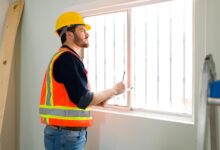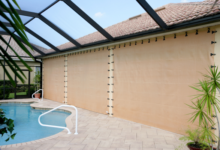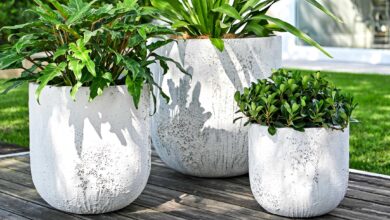
Key Market Trends That Interior Designing Companies Must Follow in 2022
The interior designing industry has grown rapidly in the past decade. There is no denying that this industry has witnessed tectonic changes from being termed as a luxury option to becoming a way of life. And according to market research, this industry is sure to soar higher in the coming decade. However, with interior designing becoming popular with homeowners, the industry has become super competitive. So, here are some key market trends that interior designing companies must know to rule the next decade!
But for starters, remember that interior designing is not just an art, but quite a crafty science that helps create a healthier and happier environment. With themed-based designs, advanced technologies and easy functionality, top interior designing companies are setting new benchmarks of modern living. Now, let’s take a look at the trends you must be aware of if you wish your interior designing firm to shine.
Table of Contents
Key Market Trends for Interior Designing Companies
1. Virtual designs are in vogue
Virtual designing has been around for a few years now, but it took a pandemic to shift the focus from traditional designing to online designing. Many interior designing companies have already shifted to virtual designing. It not only offers a more cost-efficient approach, but also gives the client more control, which ensures better customer satisfaction.
Opting for virtual designs is simple, easy and accessible from any location. There are many apps and websites that help the clients get an easy makeover in just 4 steps – Share images of the space, connect with an expert designer, choose the best design and shop the look.
2. Work from home is the new normal
Another key trend of this decade would be innovations when it comes to designing a dedicated space for the home office. With many people adopting this new normal of working and studying from home, the need for innovative designs to create a dedicated office space in urban homes is non-negotiable.
Achieving basic features like soundproofing, natural lighting and open spacing in the home office while keeping in mind the area constraints would be the new motto for interior designing companies.
3. Green is in
Indoor plants have a calming effect and promote clean air. The inclusion of greenery in home interiors exudes a relaxing vibe that uplifts the mood and enhances mental and physical wellbeing.
From vertical gardens to wall hanging pots to cosy balcony spaces, these styles are the new trendsetters. Apart from this, the use of reclaimed wood, indoor plants, green walls and themed wallpapers, floral designs are some of the main trends that would shape the style of the coming decade.
4. Arches and doors
Another trend that’s stealing the limelight is the use of arches and designer doors. As people are spending more time in their homes than ever, they are opting for more personalised interiors that suit their personality. Archways and an ancient style of architecture are making a comeback.
Curved doorways, rounded windows, ancient style mirrors, and designer doors, are the latest trends. Theme-based designs like Mediterranean, European, Bohemian are also something that would be dominant in the coming decade.
5. Bright hues are hot
Neutrals like white, beige and grey have ruled the colour palette for decades. But these colours are phasing out fast. People are getting tired of these subtle shades after being cooped up within four walls for months. They are increasingly opting for bold and dramatic hues like yellow, blue, red and green that lift the mood and have a lively appeal.
This year, feel-good colours are the key trend. Dreamy blues and purple hues create a calming ambiance. Bright yellows and playful pinks create a feel-good vibe. But experts say that green is the dominating shade of the decade.
6. Leaning towards sustainability
Environmental consciousness is on the rise, and like many other businesses, interior designing too is following suit. The love for disposable, cheap, engineered pieces of furniture is fading and more people are opting for high-quality interior accents that are durable and eco-friendly.
In addition to that, factors like energy efficiency, use of natural materials, implementation of eco-friendly technologies are bound to make a difference. The focus is on boosting the experience of living while caring for the planet.
7. Healthy living is the aim
People today are more aware than ever of the necessity of healthy living. Be it installing air purifiers in their house or using warm lighting instead of blue wavelengths, a shift towards health-consciousness is evident.
It is the same reason why people are opting for houses that offers open spaces and warm natural lighting. In the coming years, more disruptive innovations by interior designing companies in this area are sure to impress the millennials.
Bottomline!
The key trends of this decade are all about creating spaces that are equal parts functional and fashionable. Homeowners are looking forward to a space that offers a harmonious union of different elements, thereby creating a serene, safe abode of peace and comfort. Interior designing companies that are agile and adaptive to these changing trends will thrive in this decade.








